The block shown is moving with constant velocity. Find μk between the block and the surface.
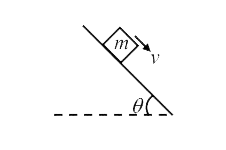
tanθ
cotθ
sinθ
cosθ
The correct Answer is:a
Since the velocity of the block is constant, net force parallel to the incline is zero
→mgsinθ=μkN=μk(mgcosθ)→tanθ=μk
Similar Questions
The block A is moving downward with constant velocity v0. Find the velocity of the block B. When the string makes an angle θ with the horizontal

View SolutionThe three block shown in fig. move with constant velocities. Find the velocity of blocks A and B. given VP2=10ms−1⏐↓,VC=2ms−1↑⏐.
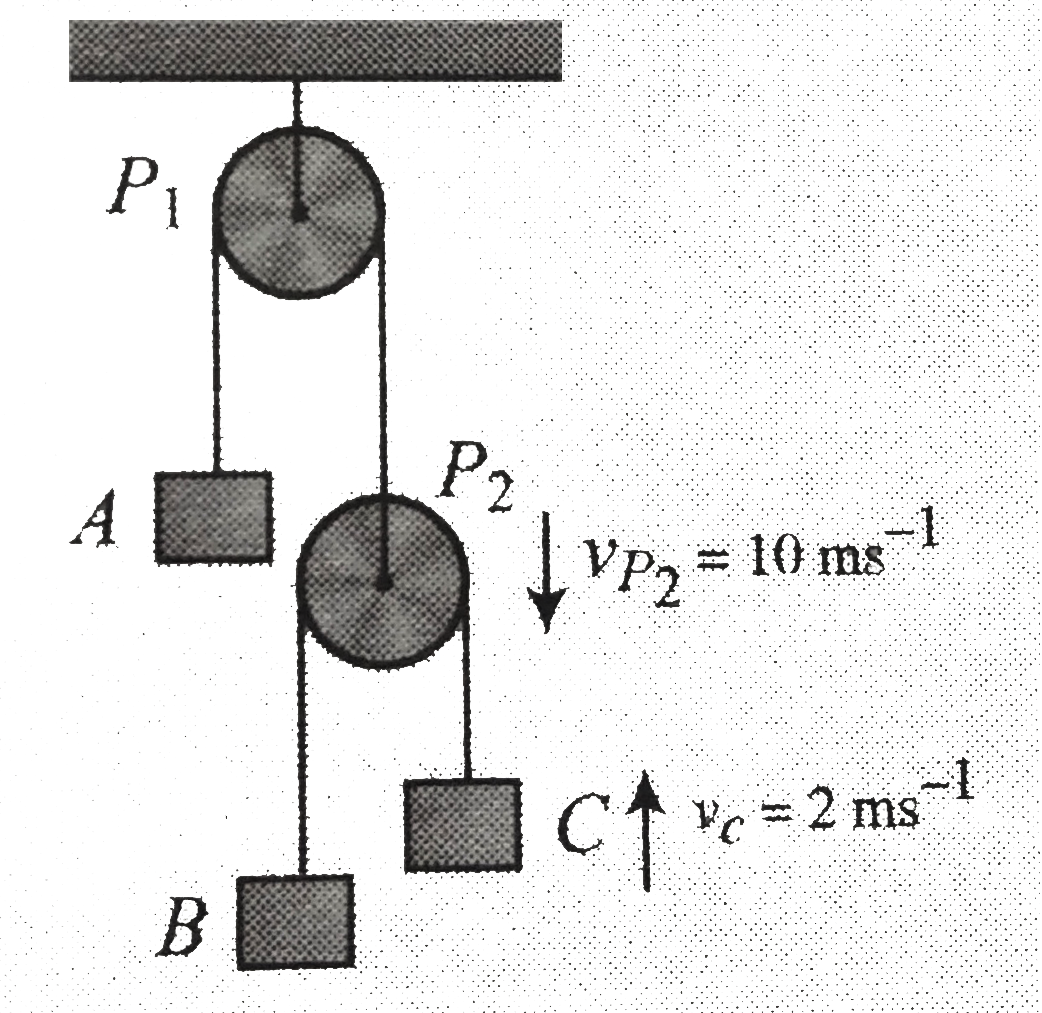
View Solution
Knowledge Check
In the block moves up with constant velocity v m//s. Find F
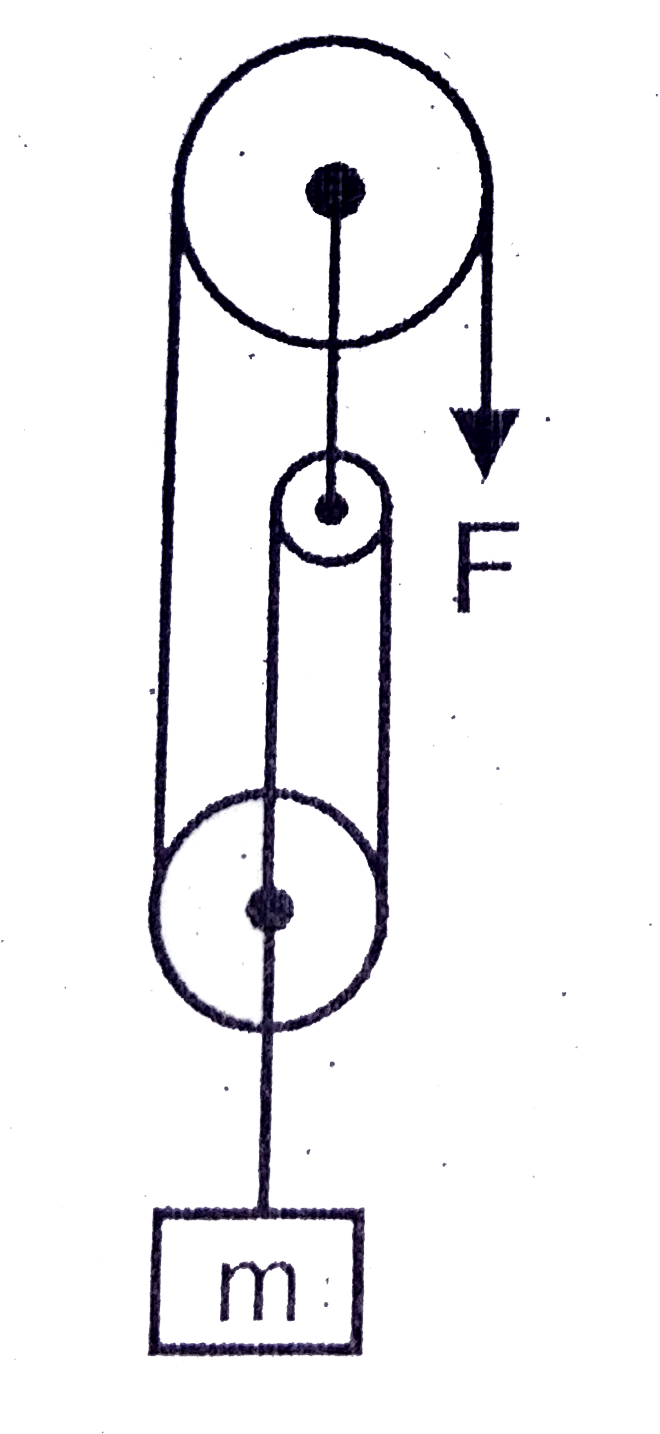 AF=mg2BF=2mg3CF=mg3DF=m3
AF=mg2BF=2mg3CF=mg3DF=m3A homogenous block of mass m, width b and height h is resting on a rough horizontal surface A horizontal force F is applied to it , which makes it to move with a constant velocity . The coefficient of friction between block and surface is μ Find the greatest height at which force F may be applied to slide the block with out tipping over
 Ab2μB2bμCbμD2√2bμ
Ab2μB2bμCbμD2√2bμA block of mass m has initial velocity u having direction towards +x axis. The block stops after covering a distnce S causing similar extension in the spring of constant K holding it. If μ is the kinetic friction between the block and the surface on which it was moving, the distance S is given
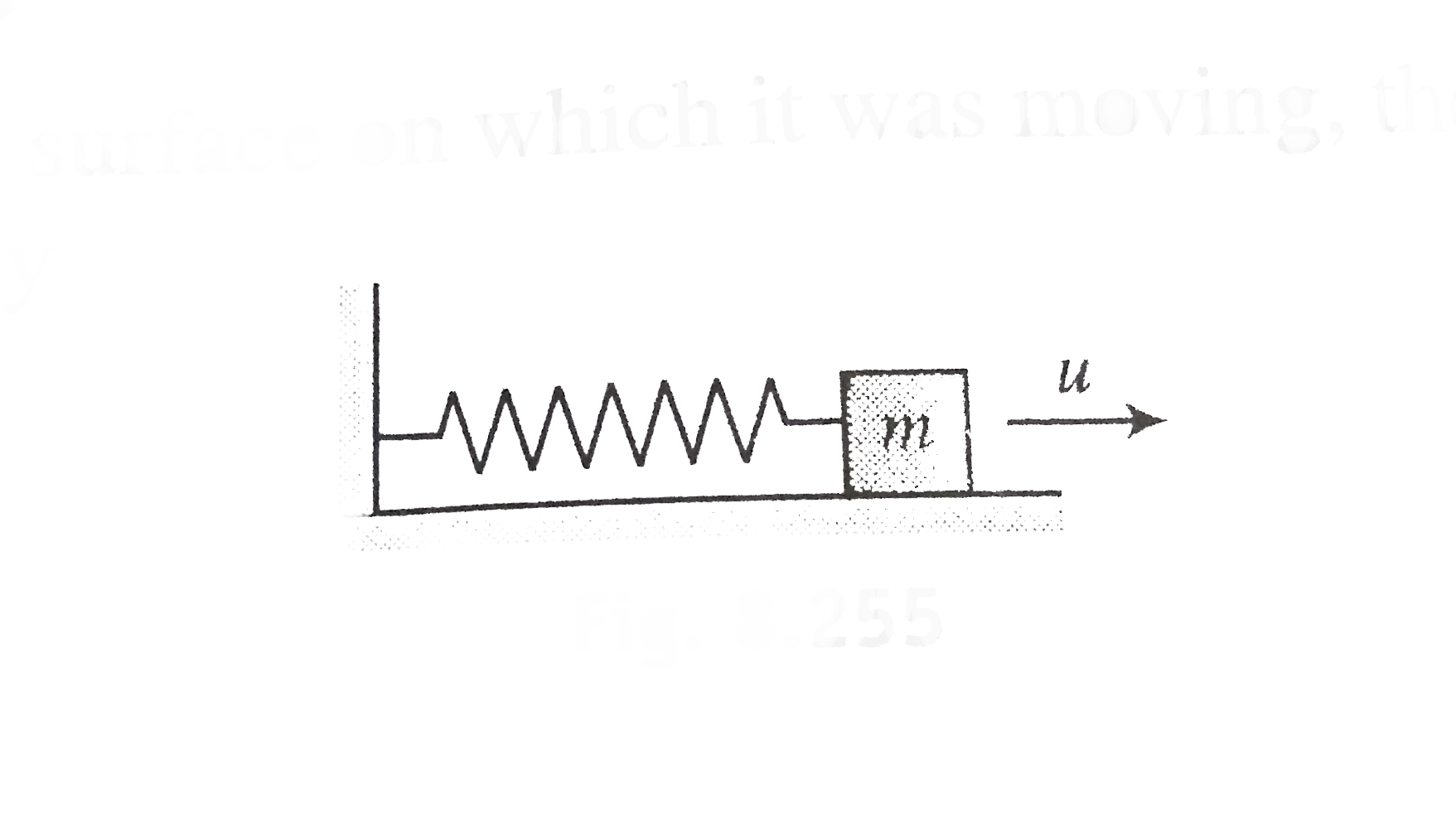 A(a) 1Kμ2m2g2B(b) 1K(mKu2−μ2m2g2)1/2C(c) 1K(μ2m2g2+mKμ2+μmg)1/2D(d) −μmg+√μ2m2g2+mu2kk
A(a) 1Kμ2m2g2B(b) 1K(mKu2−μ2m2g2)1/2C(c) 1K(μ2m2g2+mKμ2+μmg)1/2D(d) −μmg+√μ2m2g2+mu2kk
A 6kg block is kept on an inclined rought surface as shown in figure. Find the force F required to
(a) keep the block stationary,
(b) move the block downwards with constant velocity and
(c ) move the block upwards with on acceleration of 4m/s2. (Take=10m/g2)

View SolutionA block having a mass 3kg is initially at rest on a horizontal surface. The coefficient of static friction μs=0.3 between theblock and the surface and μk is 0.25 .A constant force F of 50 N, acts on the body at the angle θ=37∘. What is the acceleration of the block ?
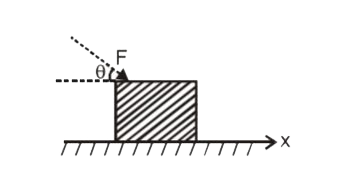
View SolutionA block of mass m = 2kg is accelerating by a force F = 20N applied on a smooth light pulley as shown in the figure. If the coefficient of kinetic friction between the block and the surface is μ=0.3, find its acceleration.
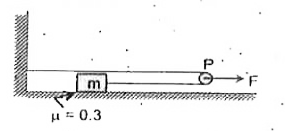
View SolutionA rectangular block is kept on a rough horizontal surface and given some initial velocity. The coefficient of friction between the block and the surface is constant. The block will topple
View SolutionTwo blocks of masses m1 and m2 are connected by a spring having spring constant K. Initially , the spring is at its natural length. The coefficient of friction between the blocks and the surface is μ. What minimum constant force has to be applied in the horizontal direction to the block of mass m1, in order to shift the other block ?
View Solution